
Marine Mammal Threat Database
Marine mammals, which include ca. 125 recognized species of mammals, containing cetaceans, pinnipeds, polar bears, sea otters and sirenians, are distributed in all the world's oceans. A recent study of Avila and collaborators (2018) identified that currently 98% of marine mammals’ species present threats worldwide, mostly by incidental bycatch, and that 51% of the central habitat of marine mammals is at risk. Species worldwide are at some level of risk in 82.7% of the coastal waters and in 54.1% of oceanic waters (high-seas /international-waters).
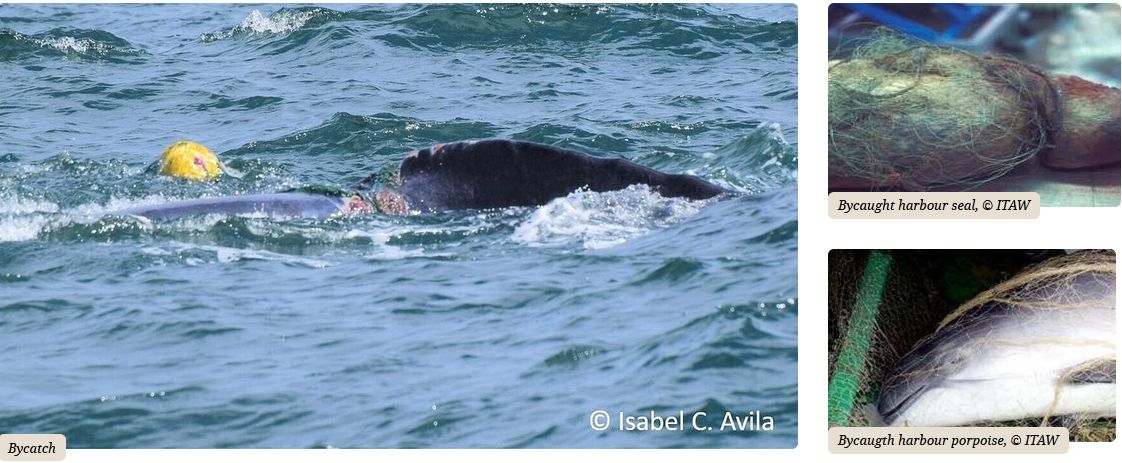
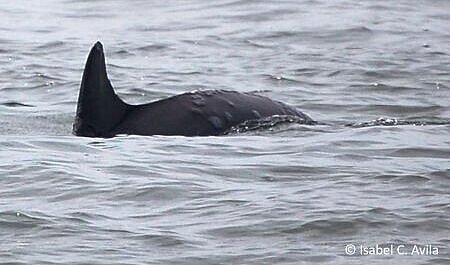
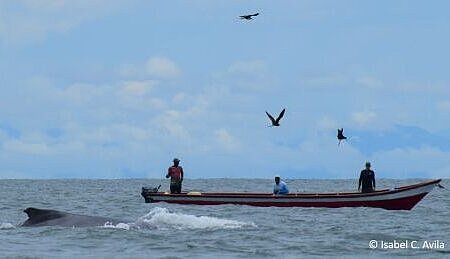
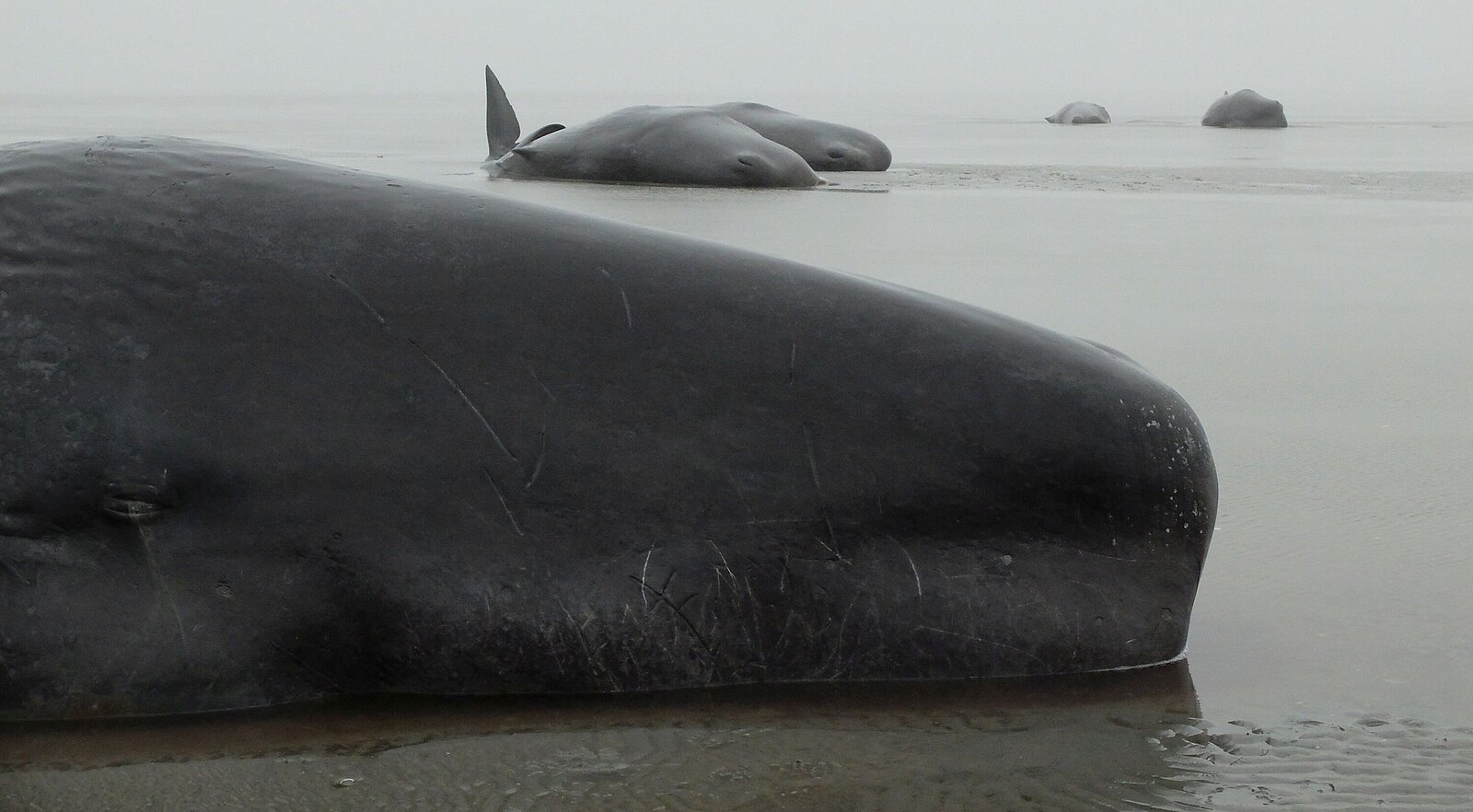
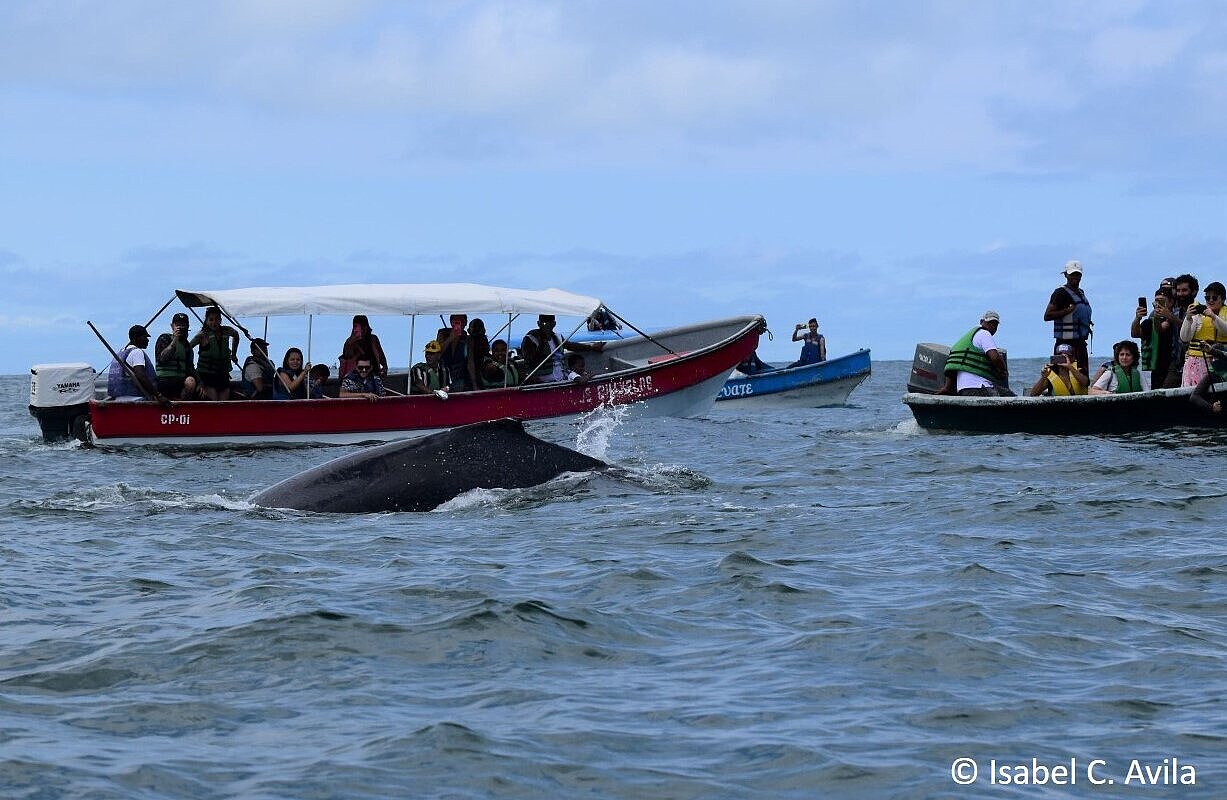
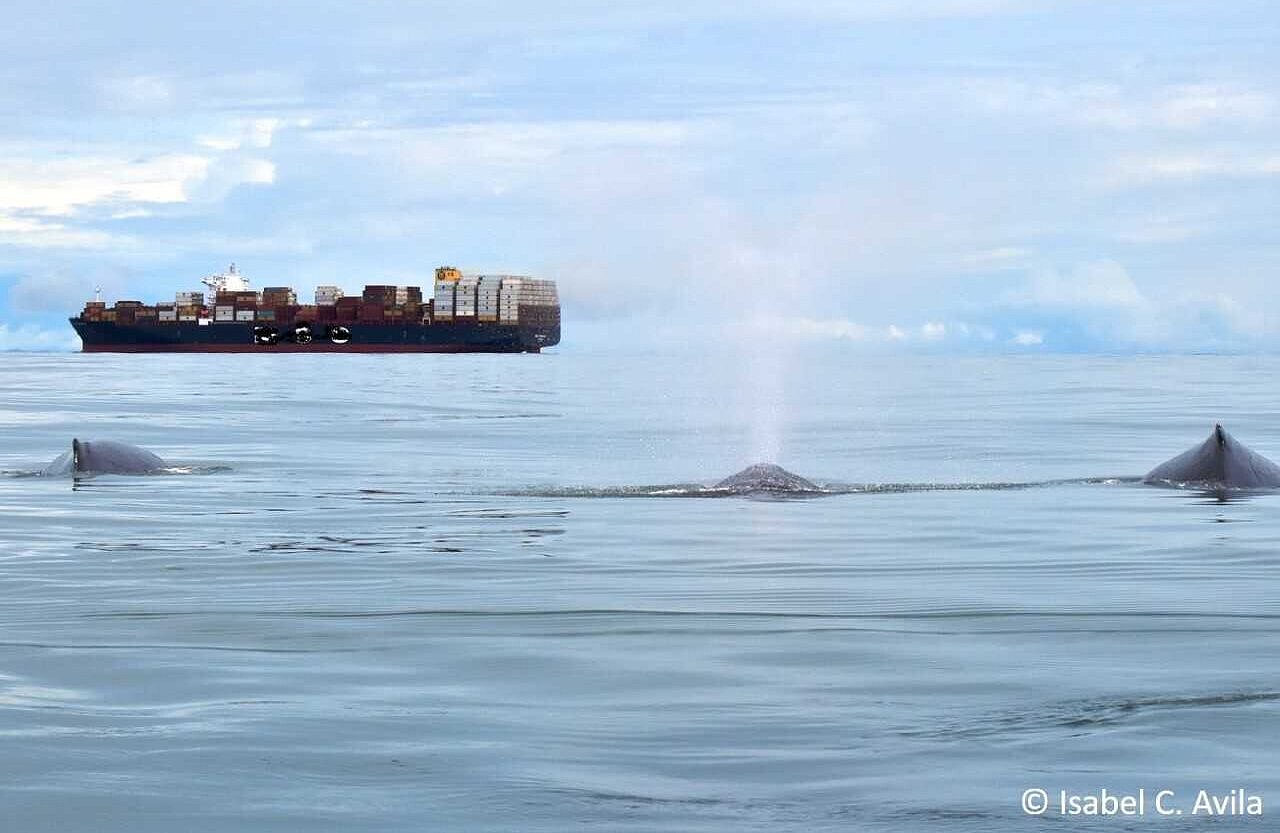
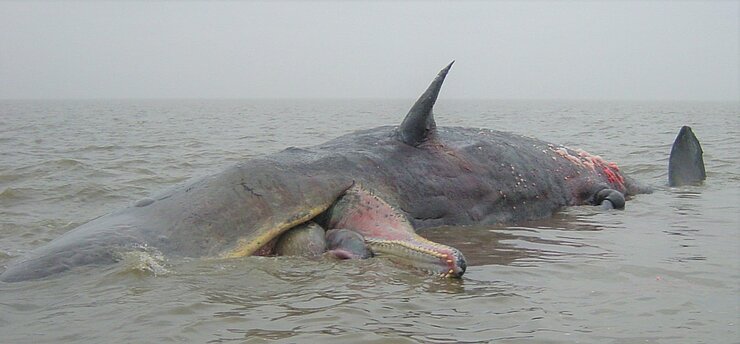
As part of an effort to identify emerging risk areas for marine mammals, Avila and collaborators (2018) reviewed, categorized and georeferenced information from more than 1,780 publications on threats that affected 121 species of marine mammals worldwide between 1991 and 2016 and built a database, which is available with the paper:
Avila, I.C., K. Kaschner & C.F. Dormann. (2018). Current global risks to marine mammals: taking stock of the threats. Biological Conservation 221: 44-58. https://doi.org/10.1016/j.biocon.2018.02.021
This database contains different threats affecting 121 marine mammal species worldwide between 1991- 2016. In this study it was developed a novel classification scheme of threats based on the existing Threats Classification Scheme of the IUCN, including new terms that are relevant for marine mammals. The approach developed here classifies different types of threat by identifying the threat category (proximate origin, which is the agent inflicting the actual harm itself), the threat attribute which add additional information of the category, and the threat source (defined as the ultimate origin of the threat). Threats per species were located by assigning threat to countries where they were reported, allocated to ocean basins and Longhurst biogeographical provinces.
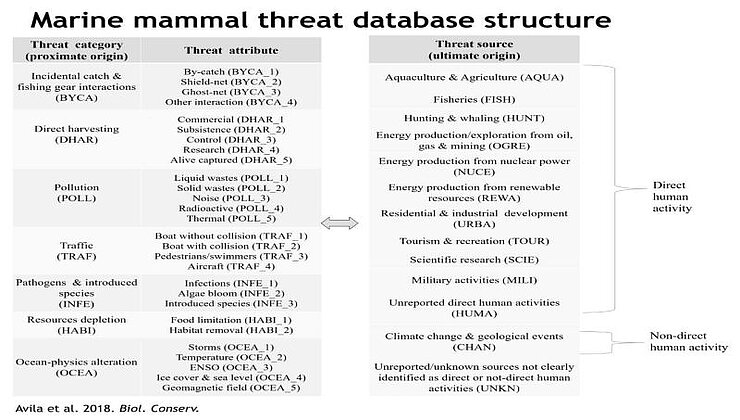
The database can be downloaded as an excel-file for non-commercial use and should be cited as the paper mentioned above. Here you can download the database
For additional information, or if you are interested in a working collaboration, please contact Isabel Avila at Isabel.Cristina.Avila.Jimenez@tiho-hannover.de or at isabel_c_avila@yahoo.com
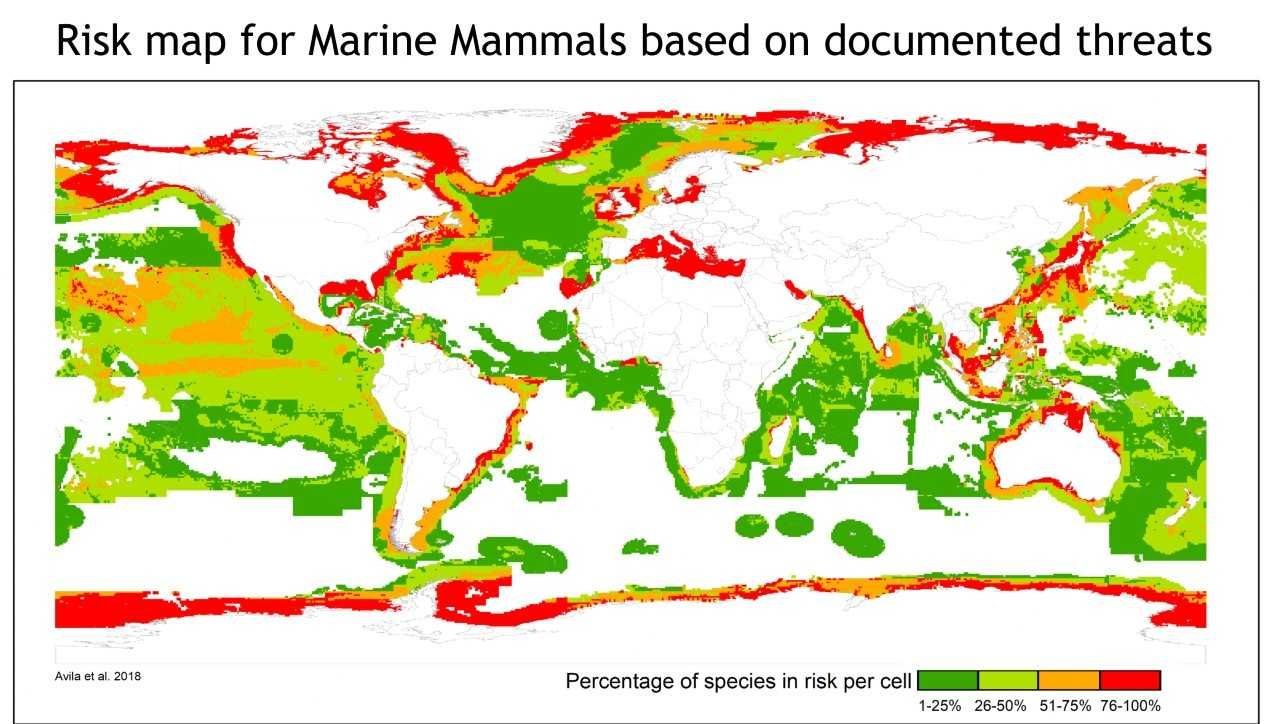
Cumulative risk map showing the proportion of species of the total of species predicted to be present per cell with at least one documented threat. Red areas represent high-risk areas or hotspots (see Avila et al. 2018 for more details)
To date results of this work are cited in more than 350 scientific papers, some of them are listed below:
Palacios, D., Reisinger, R., Friedlaender, A., Zerbini, A., Preito, R.., et al. (2025). Threats & Risks in Protecting Blue Corridors Dataset – bluecorridors.org, https://bluecorridors.org/explore/threats
Sequeira, A. M., Rodríguez, J. P., Marley, S. A., Calich, H. J., van der Mheen, M., VanCompernolle, M., ... & Hart, C. E. (2025). Global tracking of marine megafauna space use reveals how to achieve conservation targets. Science, 388(6751), 1086-1097. https://www.science.org/doi/pdf/10.1126/science.adl0239
Plön, S., Andra, K., Auditore, L., Gegout, C., Hale, P. J., Hampe, O., ... & Tuddenham, P. (2024). Marine mammals as indicators of Anthropocene Ocean Health. npj Biodiversity, 3(1), 24. https://www.nature.com/articles/s44185-024-00055-5.pdf
Nisi, A. C., Welch, H., Brodie, S., Leiphardt, C., Rhodes, R., Hazen, E. L., ... & Abrahms, B. (2024). Ship collision risk threatens whales across the world’s oceans. Science, 386(6724), 870-875. https://www.science.org/doi/pdf/10.1126/science.adp1950
Johnson, C., Reisinger, R., Palacios, D., Friedlaender, A., Zerbini, A., Willson, A., Lancaster, M., Battle, J., Graham, A., Cosandey-Godin, A., Jacob T., Felix, F., Grilly, E., Shahid, U., Houtman, N., Alberini, A., Montecinos, Y., Najera, E. and Kelez, S. (2022). Protecting Blue Corridors, Challenges and Solutions for Migratory Whales Navigating International and National Seas. WWF, Oregon State University, University of California, Santa Cruz, Publisher: WWF International, Switzerland. Available at: https://wwfwhales.org/resources/protecting-blue-corridors-report
Nelms, S.E., Alfaro-Shigueto, J., Arnould, J.P.Y., Avila, I.C., Bengtson Nash, S., Campbell, E., Carter, M.I.D., Collins, T., Currey, R.J.C., Domit, C., Franco-Trecu, V., Fuentes, M.M.P.B., Gilman, E., Harcourt, R.G., Hines, E.M., Hoelzel, A.R., Hooker, S.K., Johnston, D.W., Kelkar, N., Kiszka, J.J., Laidre, K.L., Mangel, J.C., Marsh, H., Maxwell, S.M., Onoufriou, A.B., Palacios, D.M., Pierce, GJ, Ponnampalam LS, Porter LJ, Russell DJF, Stockin KA, Sutaria D, Wambiji N, Weir CR, Wilson B., & Godley, B.J. (2021) Marine mammal conservation: Over the horizon. Endangered Species Research 44: 291-325 https://doi.org/10.3354/esr01115
Albouy, C., Delattre, V., Donati, G., Frölicher, T. L., Albouy-Boyer, S., Rufino, M., ... & Leprieur, F. (2020). Global vulnerability of marine mammals to global warming. Scientific reports, 10(1), 548. https://www.nature.com/articles/s41598-019-57280-3
International Whaling Commission. (2019). Annex K: Report of the Sub-Committee on Environmental Concerns. SC67B. Journal of Cetacean Research and Management, 20(Suppl): 274-305. Available at: https://archive.iwc.int/pages/download.php?ref=9519&ext=pdf&alternative=4572&noattach=true&k=
Contact person
Stiftung Tierärztliche Hochschule Hannover
Institute for Terrestrial and Aquatic Wildlife Research
Werftstr. 6
25761 Büsum
Dr. Isabel C. Avila
Phone: +49 (0)511-8568177
e-mail schreiben


